Photo journey to Antarctica
• Photo-journey to Antarctica
Antarctica - the most severe climatic regions of the Earth. There was registered the lowest temperature on Earth: 89.2 degrees below zero. We go on a trip, take a look at the Antarctic scenery and see what scientists are doing there.
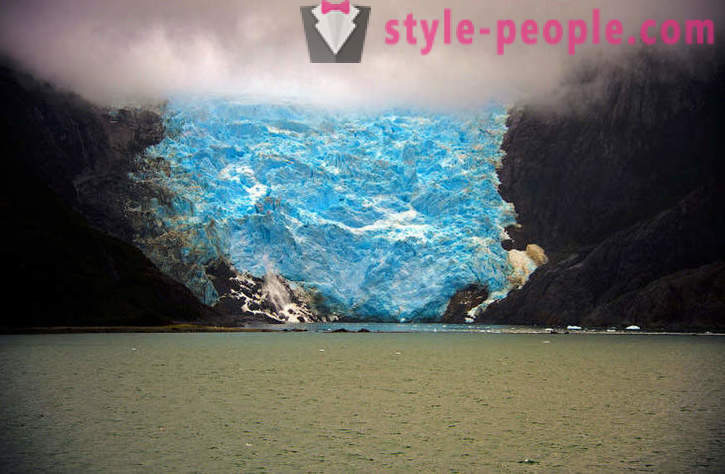
The American Palmer Station, located on Anvers Island, north of the Antarctic Circle. It built in 1968. Most of the studies conducted marine biologists. (Photo by Julian Race | National Science Foundation):
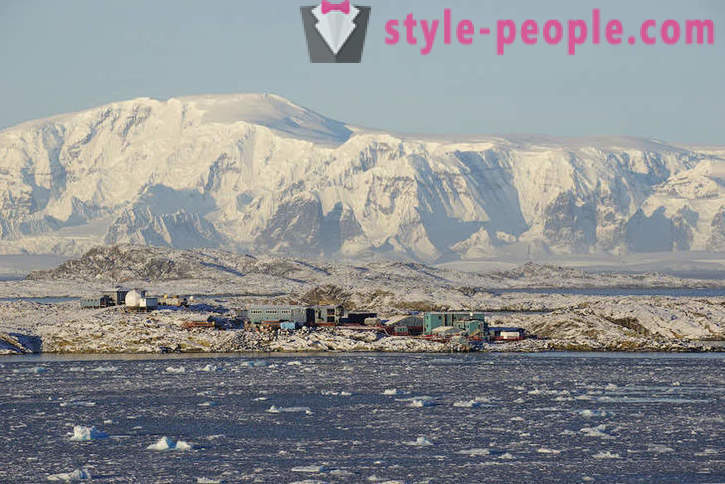
Northern Lights. (Photo by Patrick Cullis | National Science Foundation):
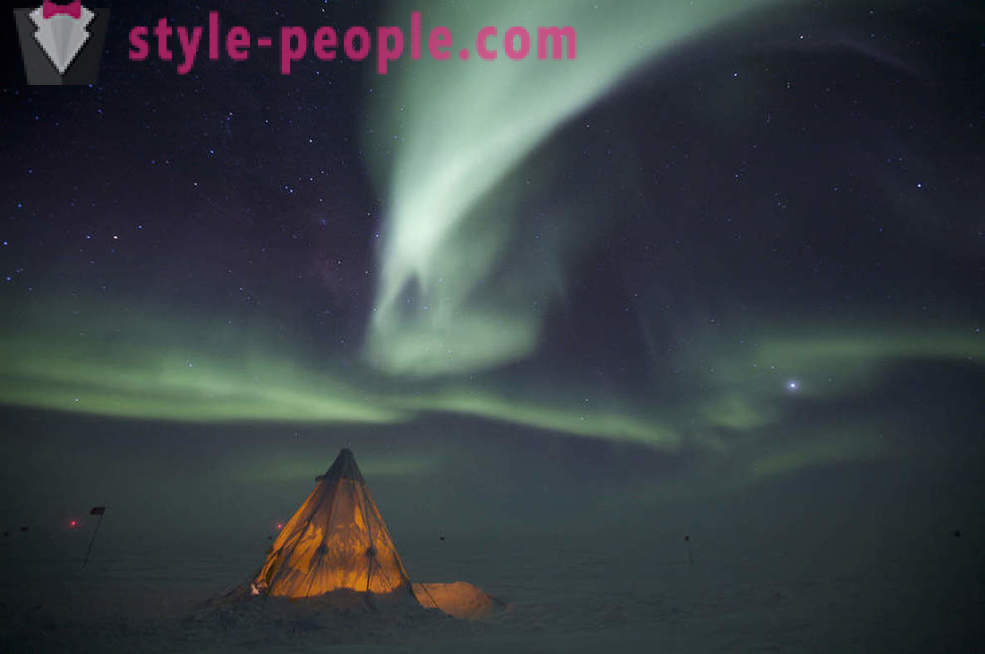
The temperature of -37.1 degrees Celsius. In East Antarctica, at the Soviet Antarctic station Vostok July 21, 1983 registered the lowest temperature on Earth in the history of meteorological measurements: 89.2 degrees below zero. (Photo by Kristina 'Kricket' Scheerer | National Science Foundation):
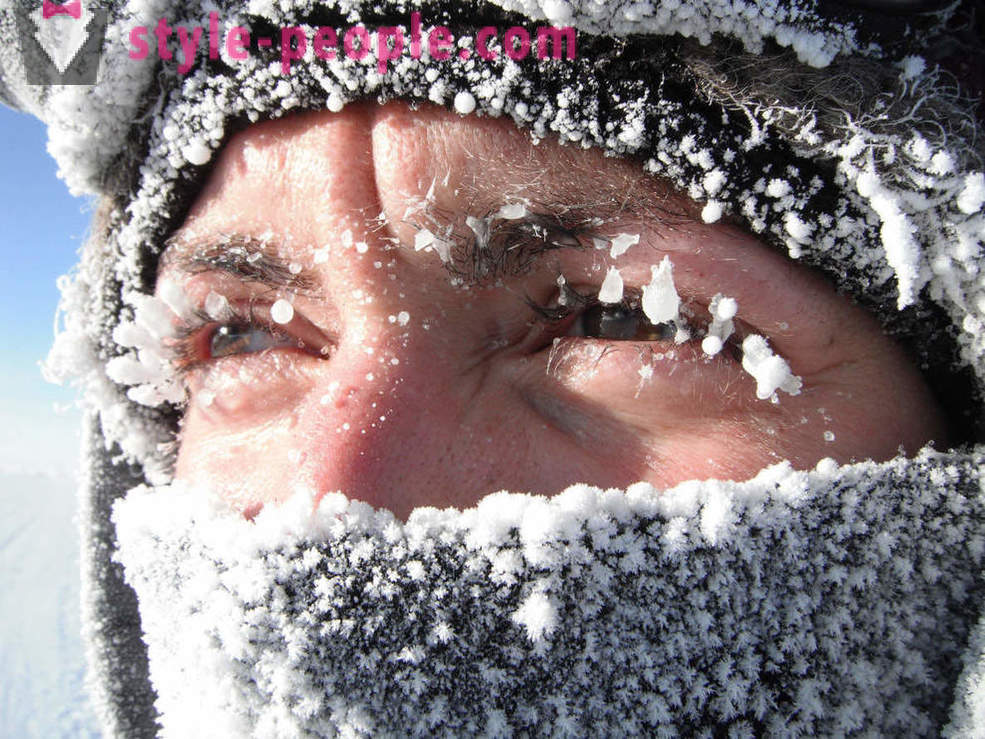
Antarctica was discovered 16 (28) January 1820 Russian expedition led by Thaddeus Bellingshausen and Mikhail Lazarev. Previously, the existence of a southern continent (lat. Terra Australis) argued hypothetically, it is often combined with South America and Australia. (Photo by Janice O'Reilly | National Science Foundation):
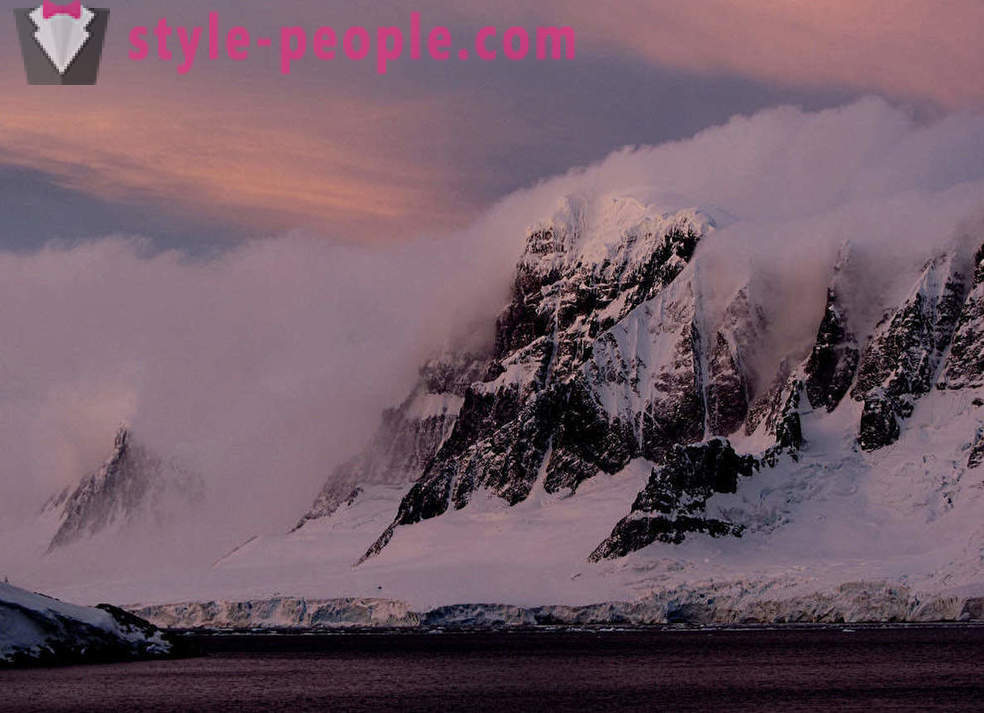
Seal Research. Scientists have attached thereto DVR to create a 3-dimensional map of the animal movements in the water. It seems that the seal is not very happy about that. (Photo by Randall Davis | National Science Foundation):
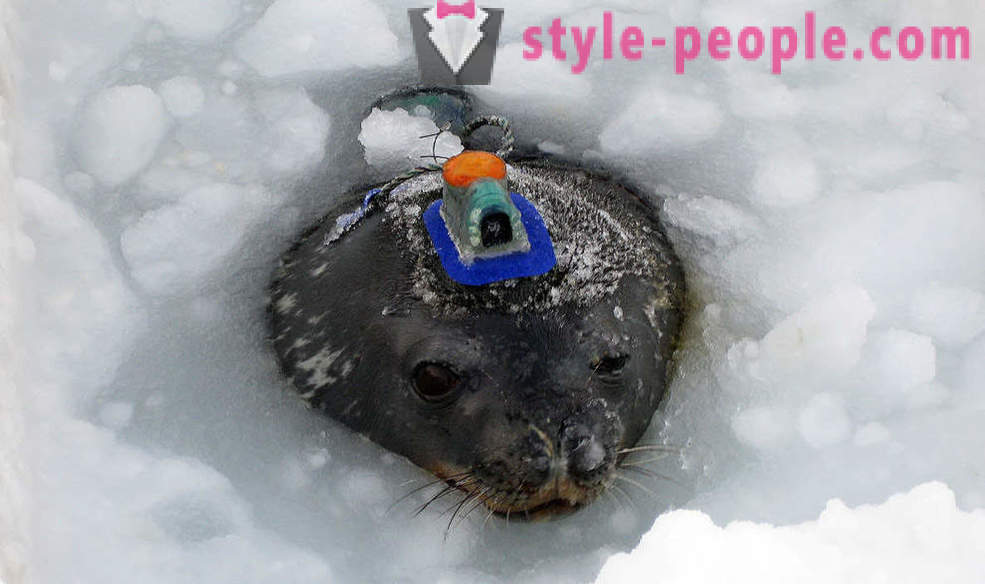
A large iceberg off the coast of Antarctica, on January 1, 2010. As a rule, the icebergs are breaking away from ice shelves. Since ice density of 920 kg / cu. m, and the density of seawater - about 1025 kg / cu. m, about 90% of the volume of the iceberg is underwater. (Photo by Ben Stephenson):
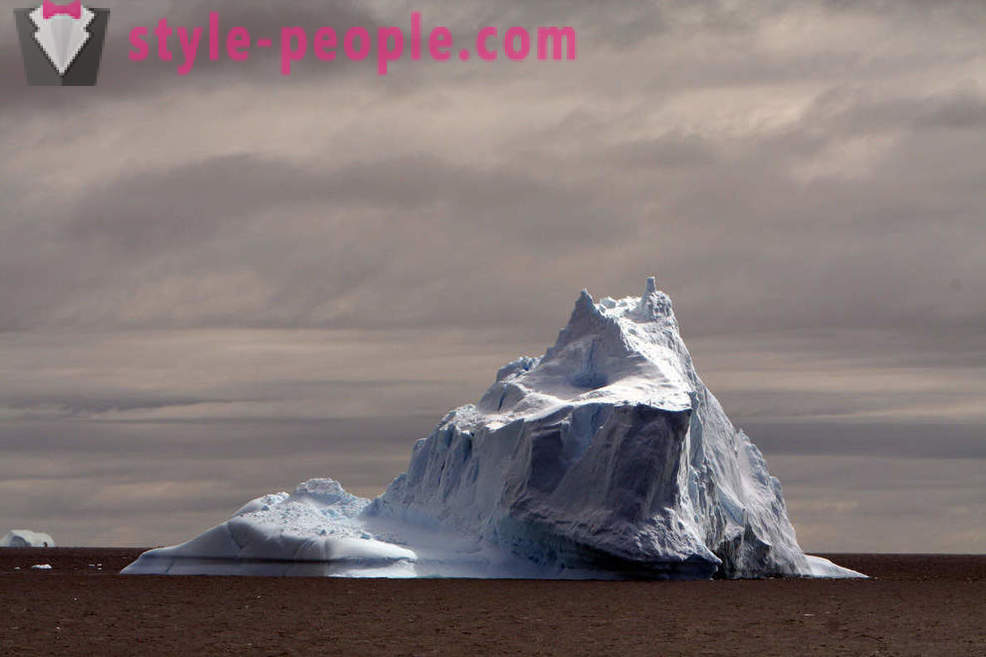
Wind then leave such a strange, towering tracks. (Photo by Alan R. Light):
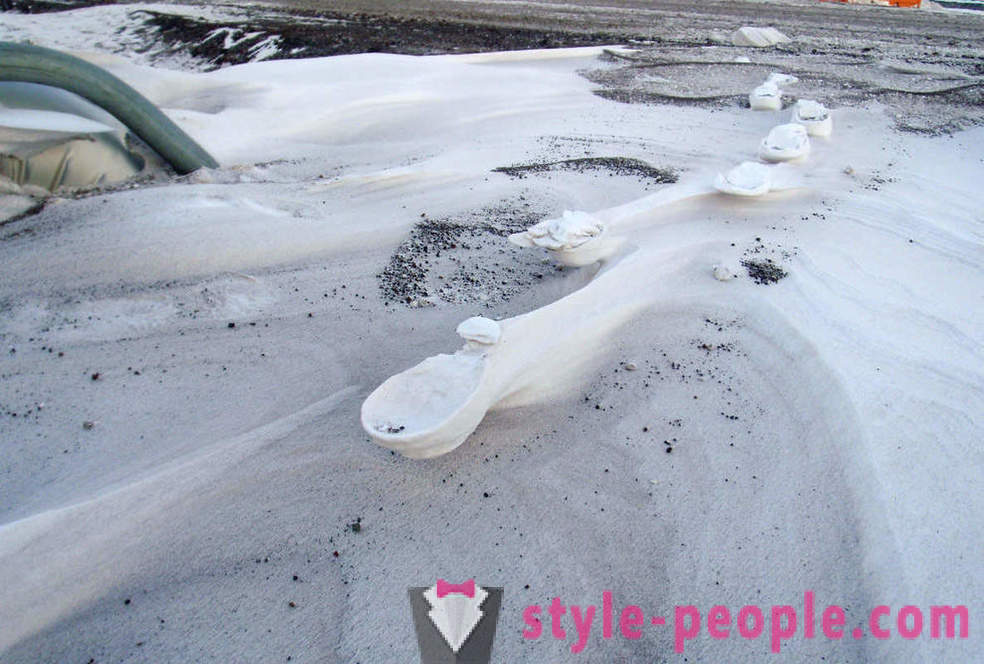
This model: Adelie penguin. Very trusting bird, their habits sometimes resembles a human. (Photo by TSgt Timothy Russer, USAF | National Science Foundatio):
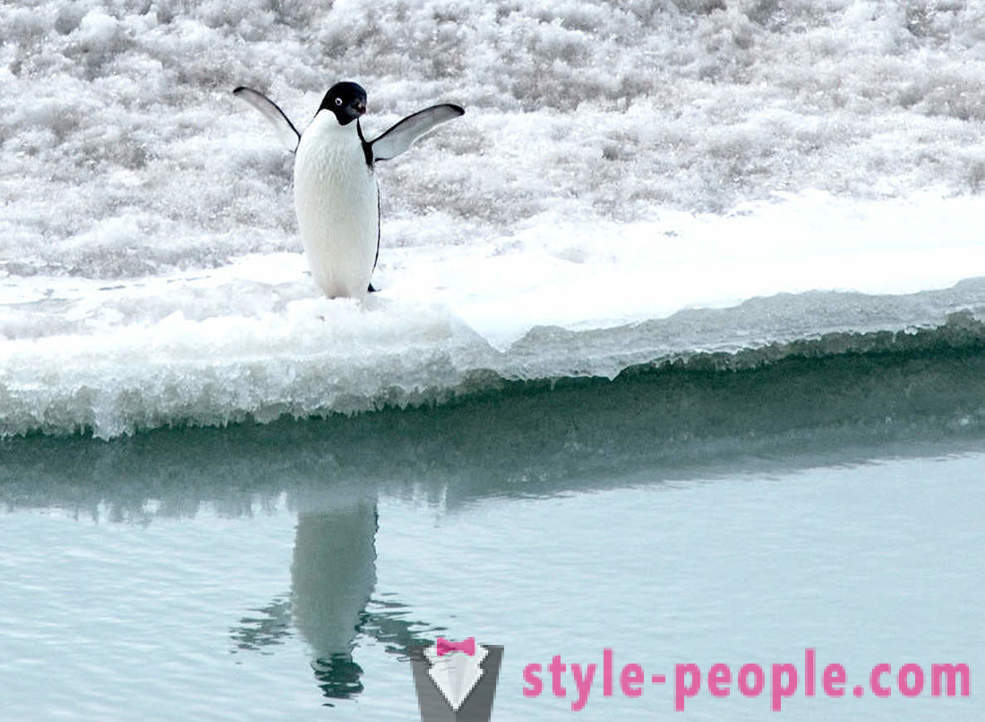
Science Telescope. (Photo by Daniel Luong-Van | National Science Foundation):
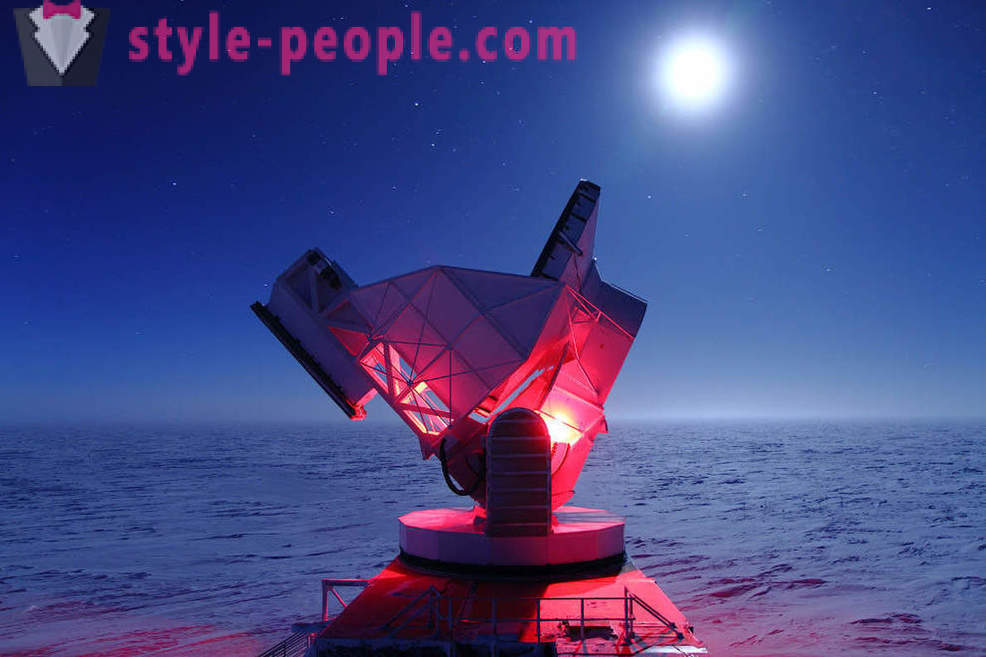
Mother of pearl clouds. This thin translucent, wonderful and very rare clouds formed in the sky at high altitudes in the stratosphere (about 20-30 km) and consisting, apparently from ice crystals and supercooled water droplets.
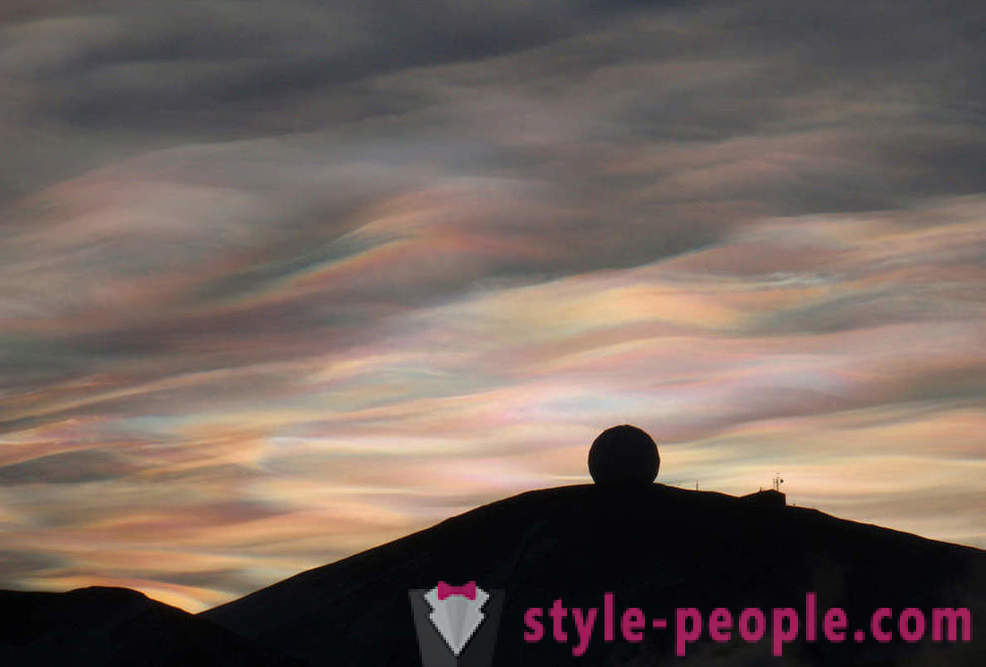
Northern Lights on the Antarctic station McMurdo. (Photo by Deven Stross | National Science Foundation):
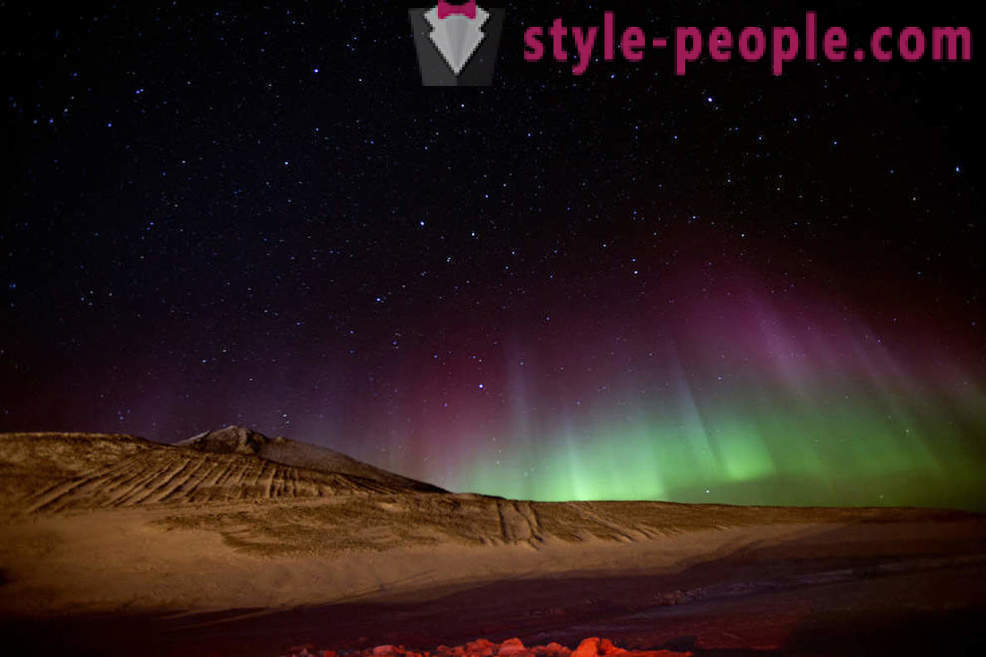
Ghost Ship. Antarctica - the highest continent of the Earth, the average height of the continent's surface above sea level is 2000 m, and in the center of the continent reaches 4000 meters. (Photo by Natacha Pisarenko | AP):
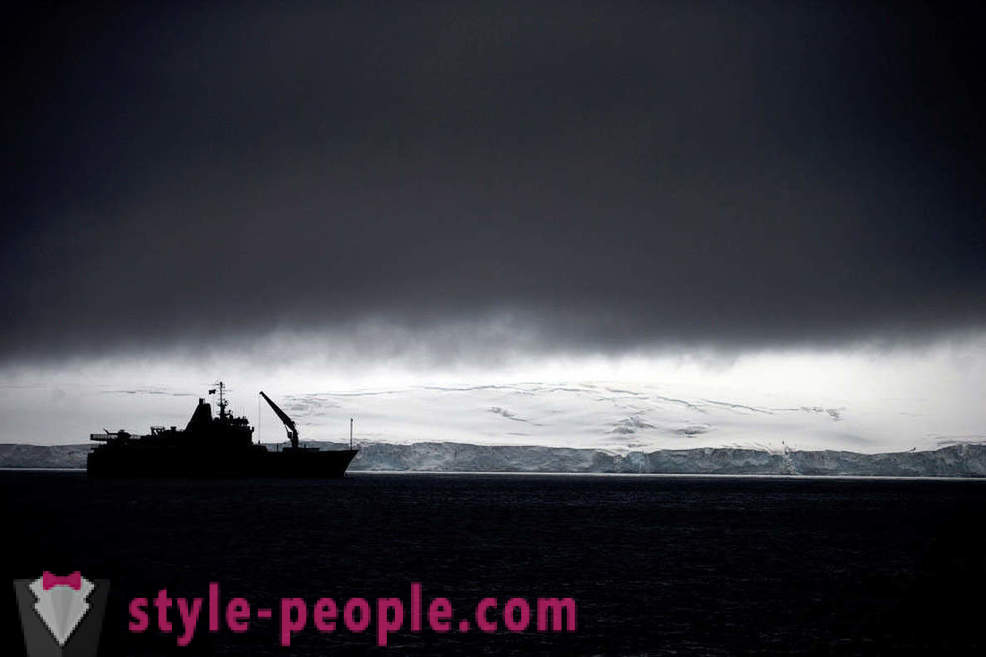
The Brazilian Antarctic Station Comandante Ferraz. The base was opened February 6, 1984. February 25, 2012 the station was destroyed by fire. The fire broke out in a room with generators and spread from there to the entire station. (Photo: Vanderlei Almeida):
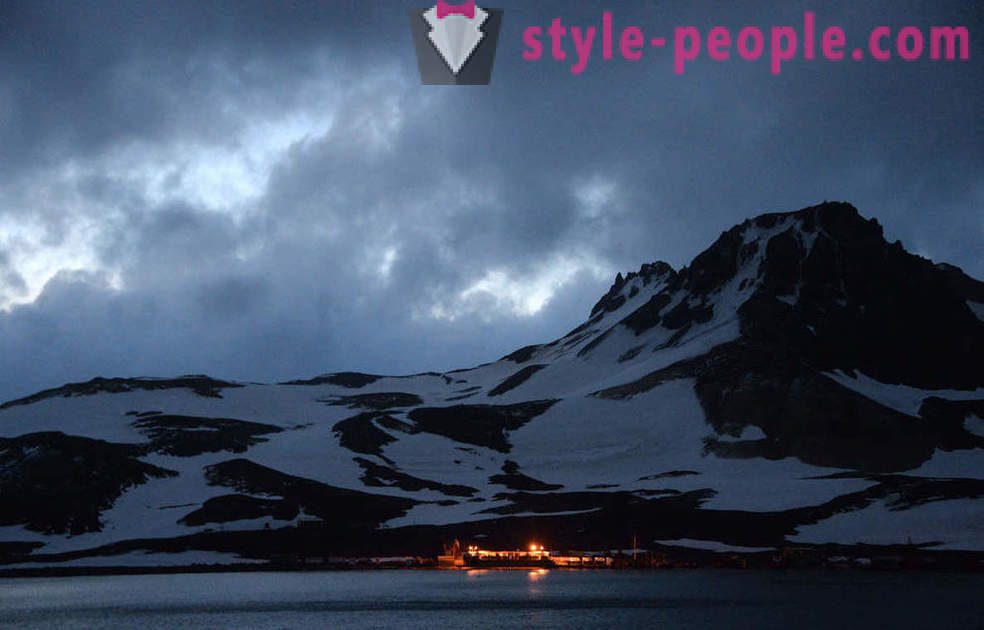
Scientists throw hot water upward and look like they are converted into ice crystals and steam. (Photo by Chris Kannen | National Science Foundation):
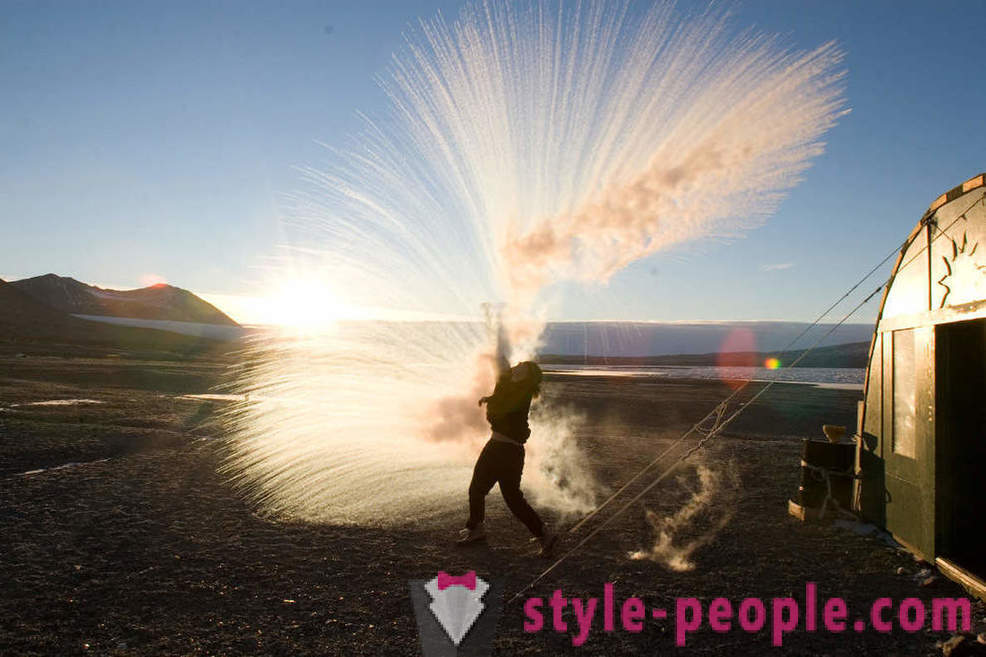
The skeleton of a whale. (Photo by Paulo Whitaker | Reuters):
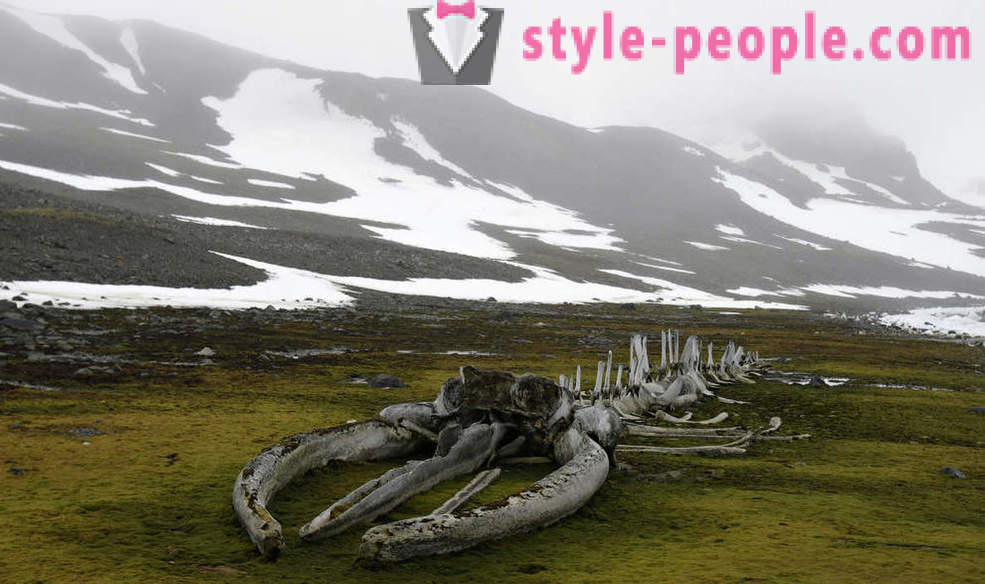
reproduction of an iceberg. This veil-Morgan - rarely occurring complex optical phenomenon in an atmosphere consisting of several forms mirage in which distant objects are seen repeatedly and with various distortions. (Photo by Jack Green | National Science Foundation):
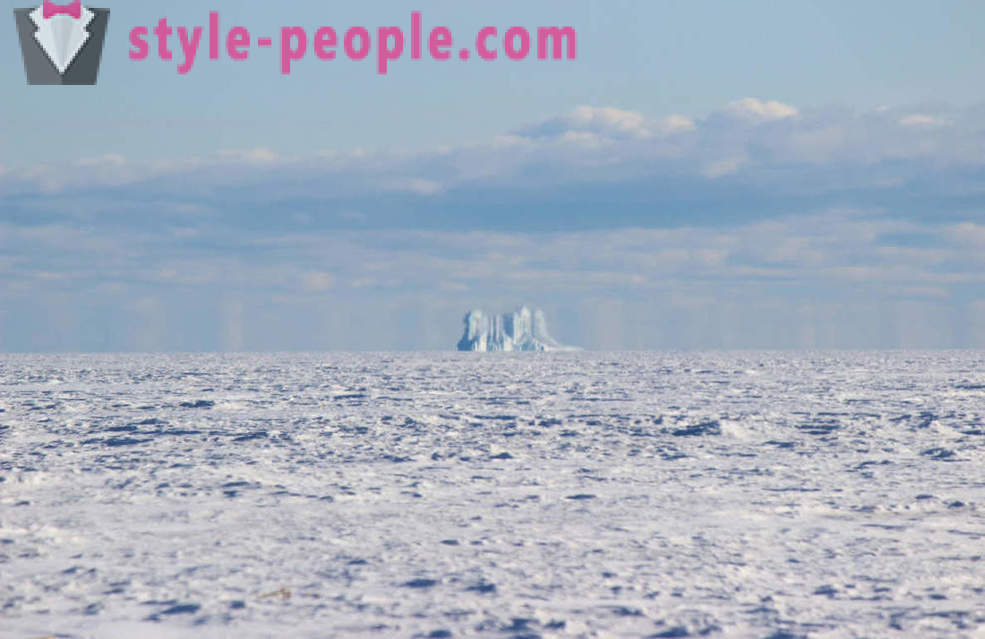
The killer whale in the Ross Sea. (Photo by Donald LeRoi | NOAA Southwest Fisheries Science Center):
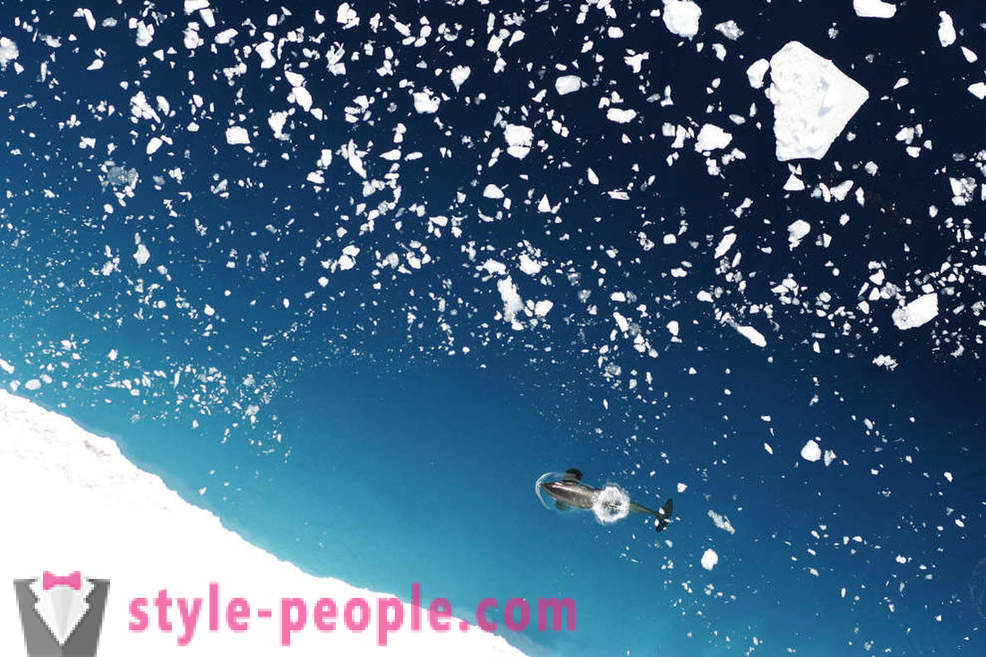
The moon on Anvers Island. (Photo by Ken Keenan | National Science Foundation):
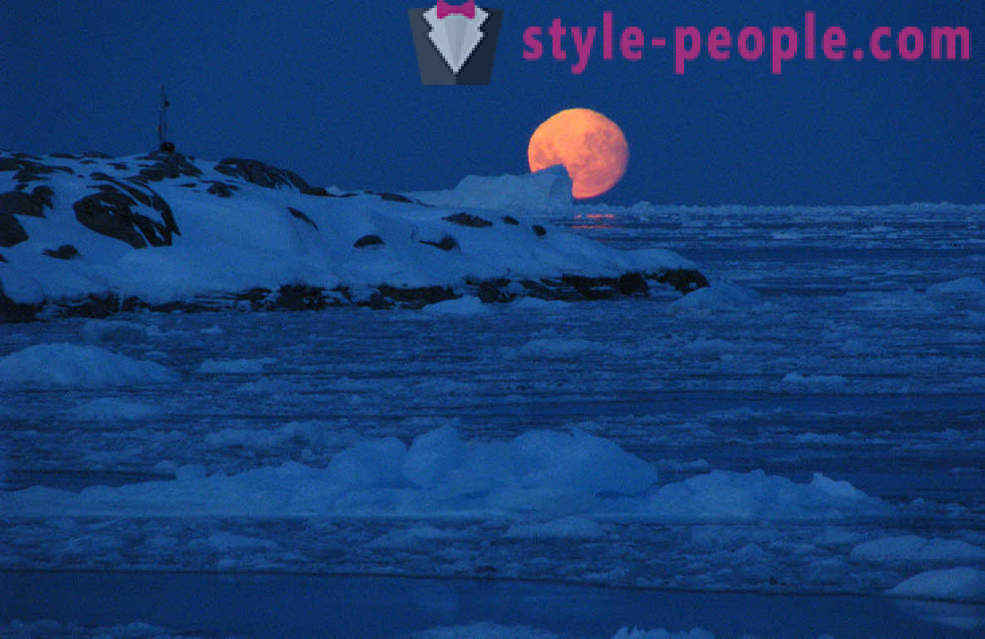
Orderly go Adelie penguins at Cape Denison, Commonwealth Bay, East Antarctica. (Photo by Pauline Askin | Reuters):
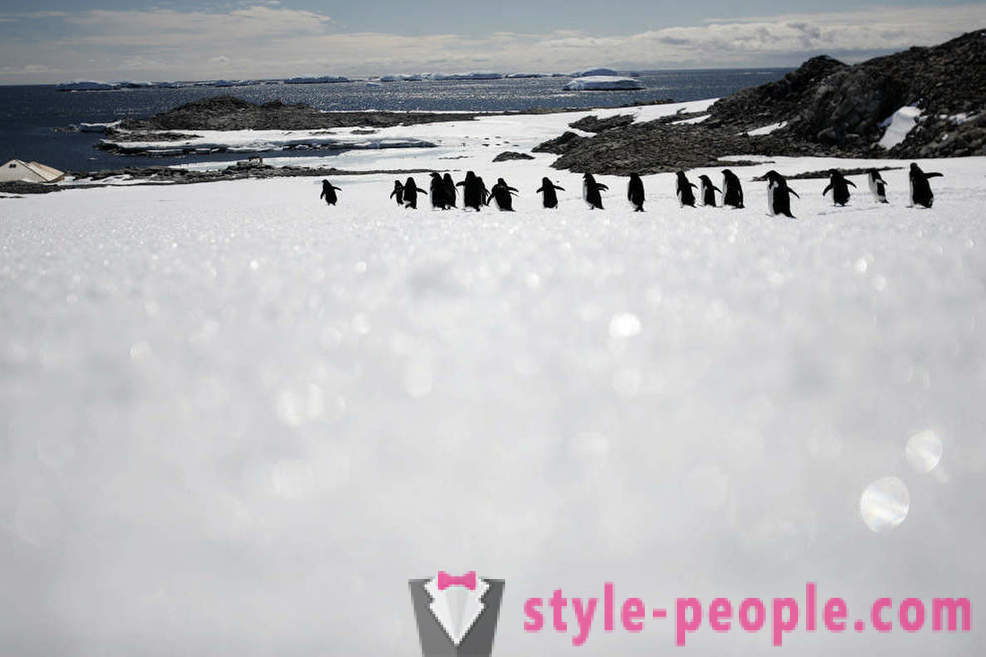
Beautiful Iceberg near Palmer Station. (Photo by Robin Solfisburg | National Science Foundation):
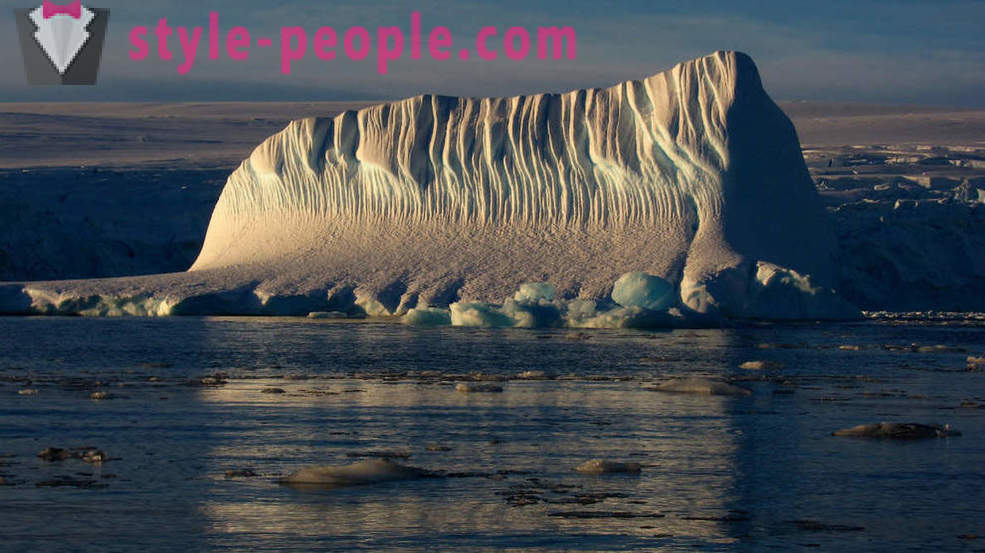
Marine leopard caught a penguin. It's a terrible predator. At sea leopard very streamlined body that allows you to develop a high speed in the water. His head was unusually flattened and almost looks like a reptile. On a par with killer whales leopard seal is the dominant predator of the southern polar region, being able to reach speeds up to 40 km / h and dive to a depth of 300 m (Photo by Sean Bonnette | National Science Foundation).:
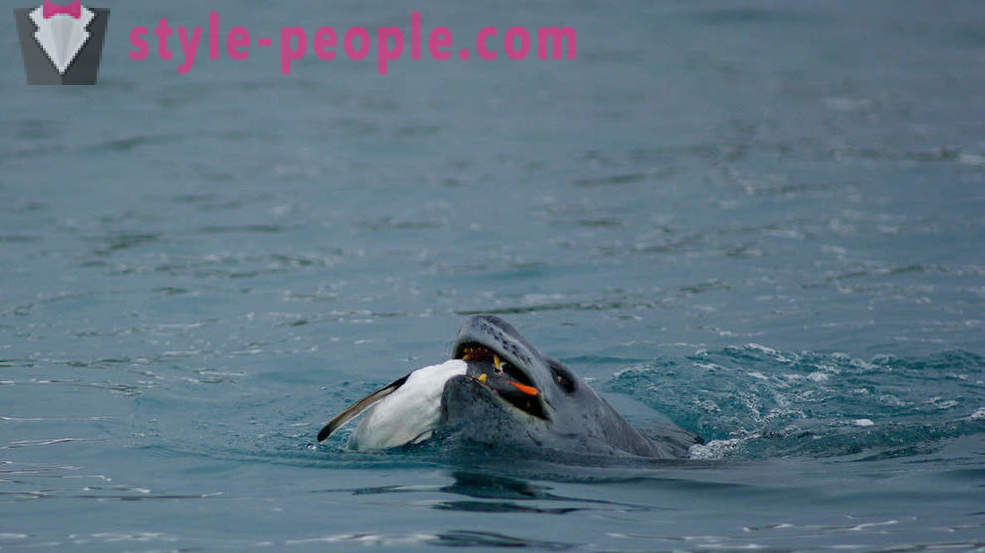
The moon shines over the station McMurdo. (Photo by Andrew Smith | National Science Foundation):
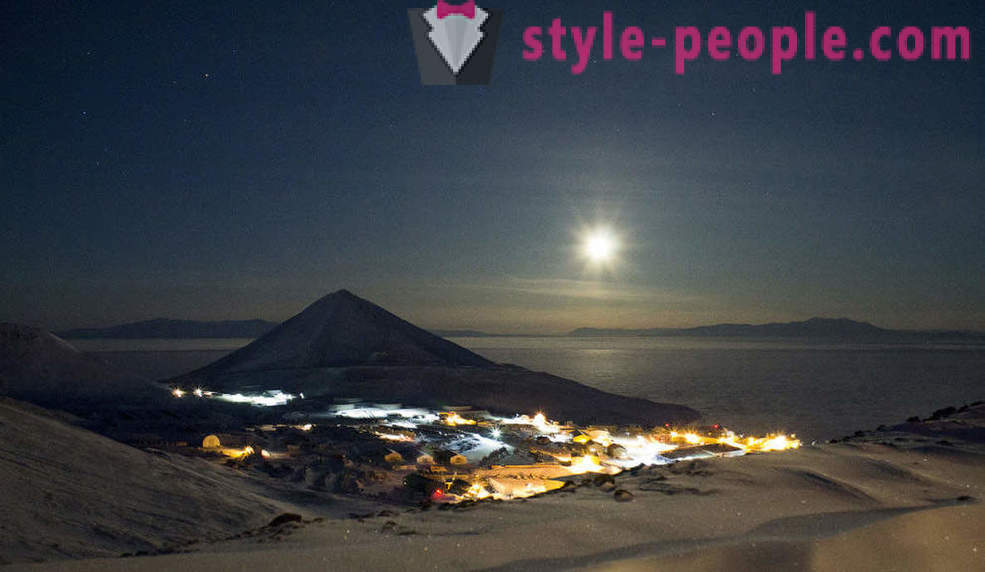
Adelie penguins on an ice floe, East Antarctica. (Photo by Pauline Askin | Reuters):
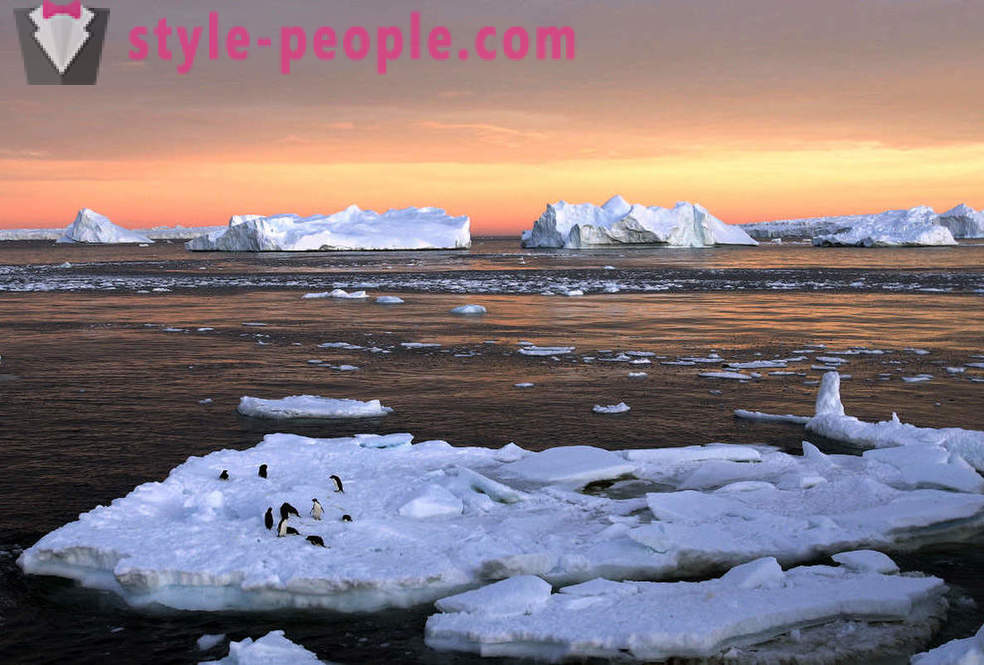
Merry humpback whale near Palmer Station. (Photo by Peter Rejcek | National Science Foundation:
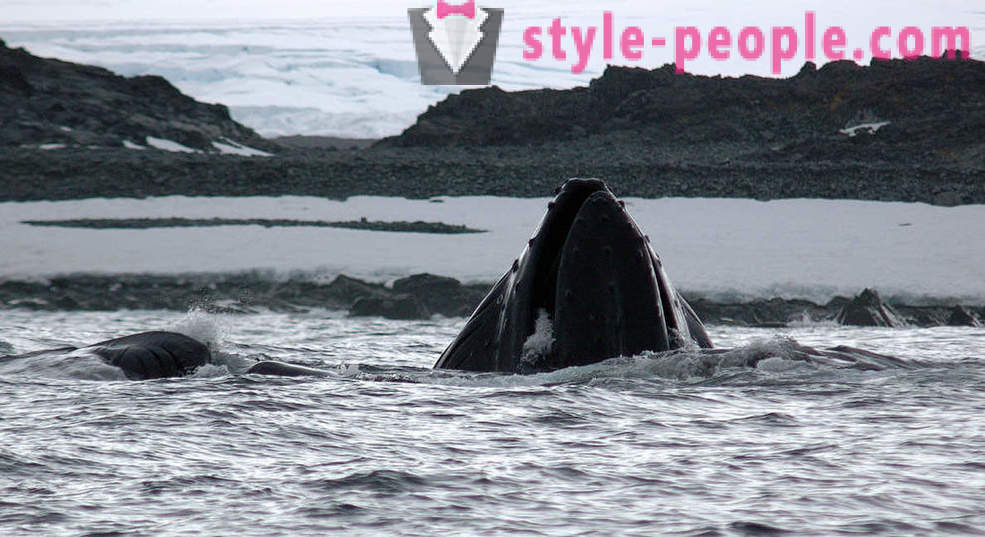
Again, Fata Morgana distorted landscapes. Look for the bus. (Photo Reed Scherer | National Science Foundation):
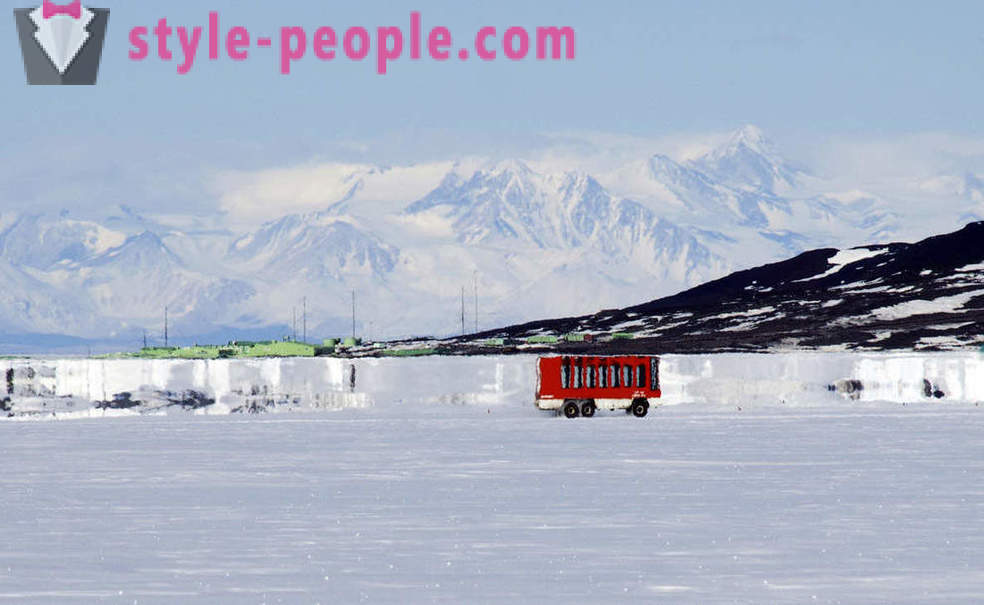
Piercing wind driven waves on the ocean surface. (Photo RAYANDBEE):
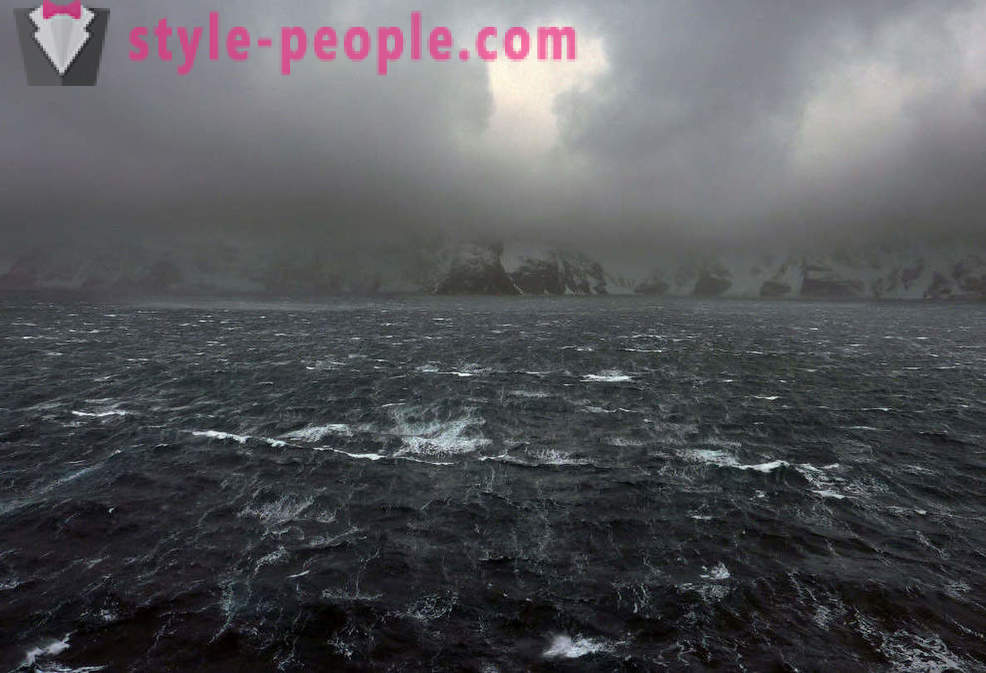
The existing since 1956 continuously inhabited Antarctic station Amundsen - Scott South Pole. (Photo by Ryan R. Neely III | NOAA | ESRL | GMD | National Science Foundation):
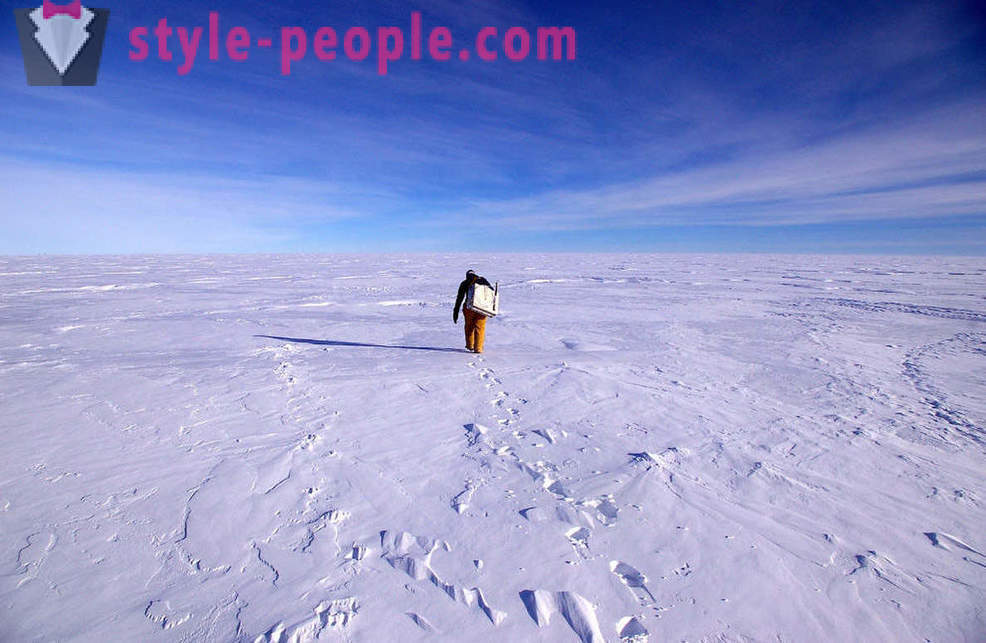
Antarctic ice sheet is the largest on the planet, and is superior to the closest size Greenlandic icecap on an area of approximately 10 times. In it is concentrated about 30 million cubic meters. km of ice, ie 90% of all land ice. (Photo: Vanderlei Almeida):














































